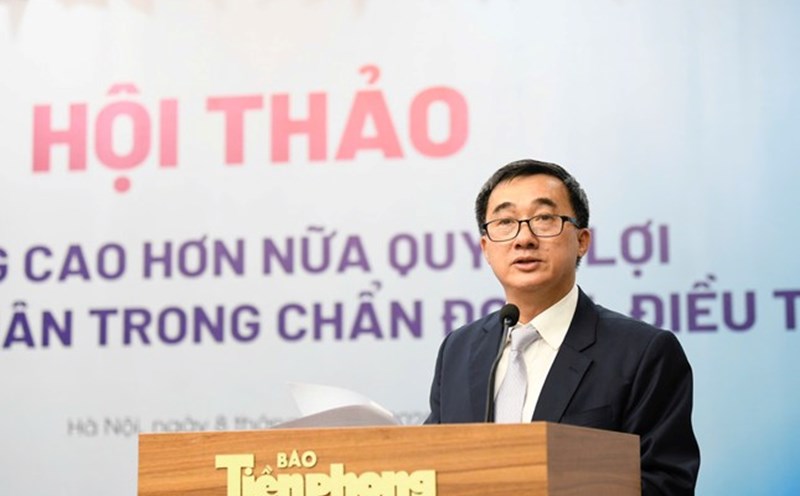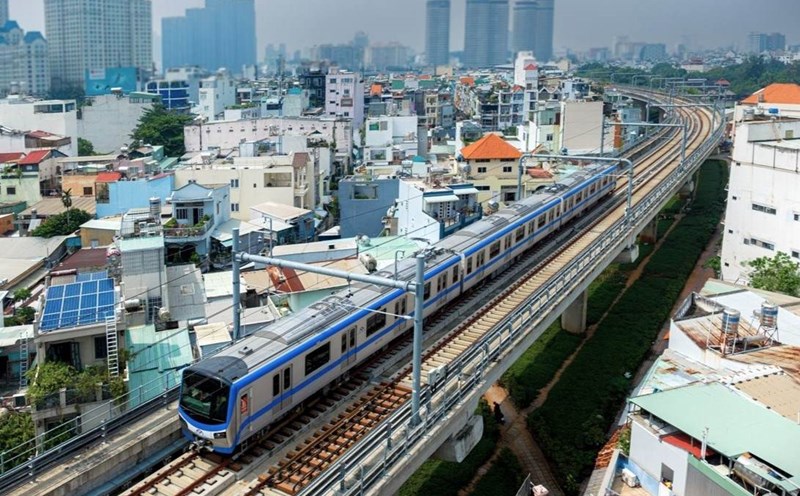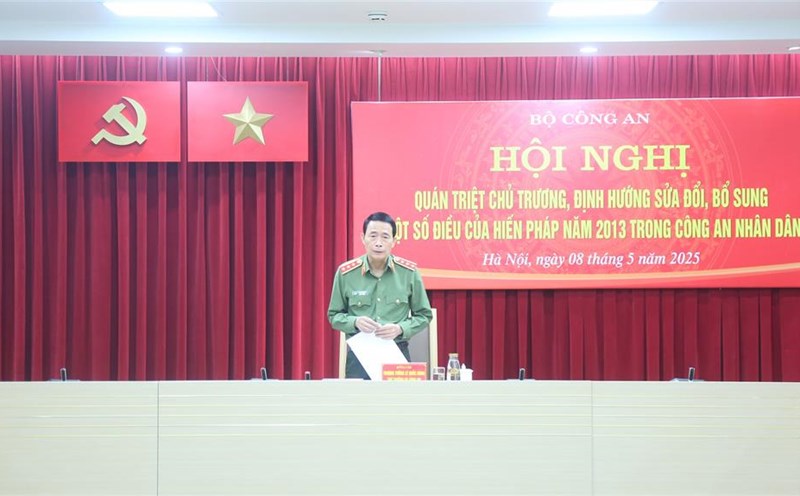According to CNN, Chenab Bridge is located at an altitude of 359 meters on the Chenab River in the Jammu and Kashmir regions of India.
After decades of construction, the railway bridge in northern India will open to visitors at the end of December 2023 or January 2024, the Ministry of Railway said in a press release in March.
The 1,315-meter-long bridge is part of a larger project to help India's railway network access the Kashmir Valley.
In addition to Chenab Bridge, the Udhampur-Srinagar-Baramulla Railway Link project (USBRL) also involves two projects that will be India's records, which are the longest transport tunnel and the first cable bridge of the Indian railway.
For Indian Prime Minister Narendra Modi, who took power in 2014, infrastructure investments such as the Chenab Bridge and the larger rail linkage project could be seen as a powerful tool for social integration and political influence, connecting regions with key cities.
Mr. Michael Kugelman - Director of the South Asia Institute at the Wilson Center - said that the bridge and the greater connectivity it creates will be a major step in the development of the region.
According to experts, connecting Kashmir with the rest of India by train will especially boost the region's industrial and agricultural sectors, by connecting the railway under all weather conditions between the valley and the rest of India.
Previously, the only road connecting the Kashmir region controlled by India with the rest of the country was the 300-km Srinagar-Jammu National Highway, which was closed for part of the winter and was often a route that involved many traffic accidents.
Anil Kumar Mehendru - Vice President of the new Kashmir Fruit Association - said: "Once we are connected by train with the rest of India, it will be a big boost for the industry, agriculture as well as fruit".
The bridge also has political significance, as it is seen as a "vehicle to integrate Kashmir into India," said Sushant Singh, a senior fellow at the Center for Policy Studies in India.
Mr Singh hopes the railway, including the Chenab Bridge, will make Kashmir feel more a part of India. However, it remains to be seen whether the expanded connection from the bridge and railway will be considered a positive thing by Kashmers.
Although the overall USBRL project was established in 2002 before Narendra Modi became prime minister, the Chenab Bridge has been seen as a typical example of his efforts to expand domestic development.
Indian Railway Minister Ashwini Vaishnaw said, the iconic Chenab Bridge is an example of a new development aspect, realized through the inspiring leadership of the Venerable Prime Minister.
Since taking charge, Modi has increased the budget of less than $100 million for the USBRL project by six times to speed up the completion of the bridge after years of delay.
India has invested millions of dollars in modernizing its infrastructure. In February, Prime Minister Modi inaugurated the first section of the 1,386 km long expressway connecting New Delhi with the financial center of Mumbai. The 246 km expressway section alone cost $1.4 billion.
The construction of a specialized freight corridor in the west is also underway, with the aim of opening up India's railway network.










